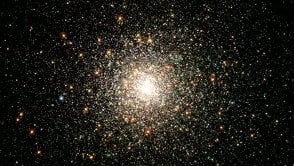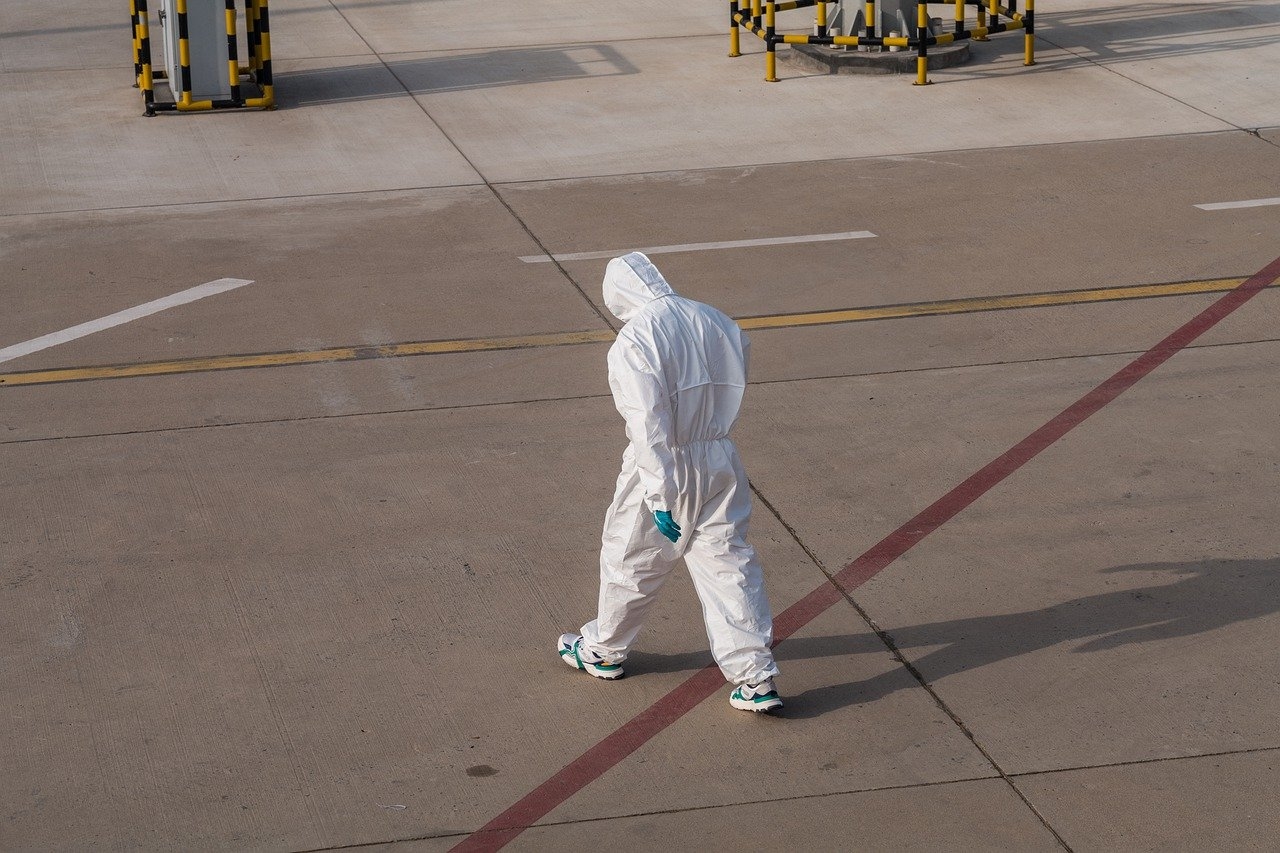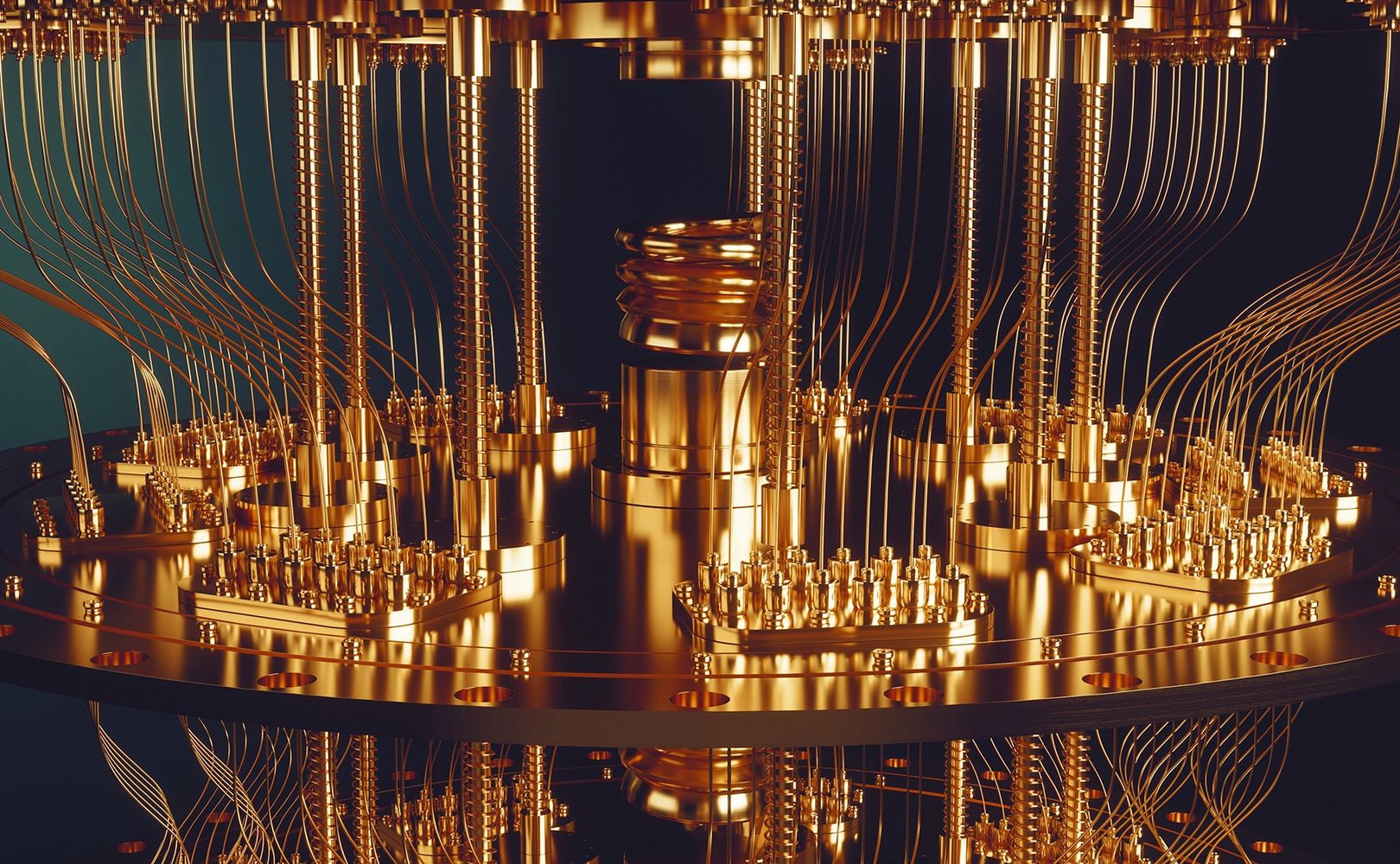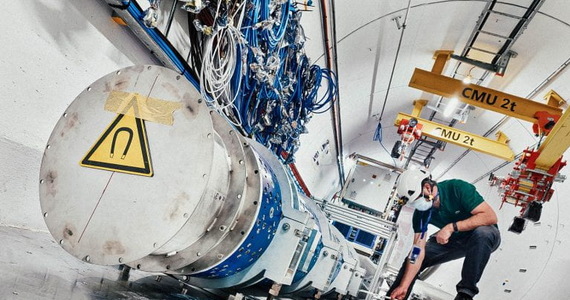Space travel always represents a huge risk – on Earth, humans are protected by our own magnetosphere, but outside it we have to deal differently. Participants in future space missions will have to deal with dangerous cosmic radiation, and this is not easy.
There is more and more talk about plans for long-term missions, including trips to Mars. However, the crews of such missions face a danger that cannot be underestimated: cosmic radiation. Let's assume that a manned mission to Mars would take about 6 months, which is a typical rough estimate for planned missions to Mars. For cosmic rays, we can use the typical value reported by space agencies, which is about 0.3-0.6 Sievert (Sv) per year in space, but this value can vary depending on current solar activity.
We recommend at Geekweek: This is our message to foreigners. “we are here”
For the purposes of this example, let us use a value of 0.5 Sv per year as the average level of cosmic radiation. Therefore, for a six-month (or half-year) mission, the radiation dose would be a staggering 0.25 Sv – assuming there is absolutely nothing to protect space travelers. To illustrate the enormous challenge we face, let us try to estimate by what percentage the radiation dose would need to be reduced during a mission to Mars.
First, we must tell ourselves what is the safe dose of radiation for humans. The standard maximum radiation dose for unskilled workers is 1 mSv (!) per year, while for workers more exposed to radiation (such as some workers at nuclear power plants) it can be up to 20 mSv per year.

In the previous assumption, the radiation dose for a 6-month mission is 0.25 Sv (without any shielding), and to calculate how much to reduce this dose to be within the safety limits we can compare it with the permissible value for unskilled workers (1 mSv/year).
For the purposes of this analysis, let us focus on the marginal value for unskilled workers, which gives us a value of 0.5 mSv for half the year. We divide 0.25 Sv by 0.001 Sv, and to indicate percentages, we multiply by 100. We need to reduce the radiation dose by 25,000% to make such a mission completely safe. It probably won't be quite that feasible, but we can try – there are many indications that we will soon be able to achieve significant reductions, which could eventually make such a mission safe for its participants. However, if we wanted to use the maximum dose for skilled workers, we would have to reduce the dose by 1250%. There is still a lot to do, but it may be possible to achieve it.
Cosmic rays come in two main types. One such source is… our Sun, which is responsible for so-called flares or coronal mass ejections, which can emit powerful streams of charged particles, especially protons. They are dangerous, but relatively easy to protect against because most of these particles are low-energy and can be stopped by relatively simple shields, such as Orion's space shelters.
However, the real challenge is radiation coming from outside the solar system. They are basically particles with very high energies that are very difficult to stop. These can penetrate most armor. On Earth, we are effectively protected by the magnetosphere and atmosphere. To solve this problem, scientists and engineers have long been searching for effective ways to protect against cosmic radiation. One suggestion is to use Active shieldsWhich can reflect charged particles, just as the Earth's magnetic field does.
Creating effective active armor remains a challenge. Various concepts have been proposed in the past, including plasma, electrostatic, and magnetic displays. However, none of these technologies have been developed enough to be used successfully in long-duration space missions. Currently, in preparation for future missions to Mars and other long journeys into space, space agencies are working in concert to improve the shields. Currently, electrostatic shields are at the forefront.
Research conducted by NASA scientists has shown that electrostatic shielding can be effective in significantly reducing cosmic radiation. Using appropriately placed electrodes, these shields can attract or repel incoming particles, reducing their speed and the risk of penetration of additional protective materials. However, it can never be “too perfect”, so we also have to take into account some of the drawbacks of this solution. One of the main problems is their enormous need for electricity to maintain their effectiveness. Plus, these covers weigh a lot, and the costs are… well. Dizzy.
However, scientists are surprisingly optimistic about the future of electrostatic protection. They continue to research how to reduce energy consumption and how to integrate these shields with other spacecraft systems to slightly reduce their mass and implementation costs.
The significant threats posed by exposure to cosmic radiation are driving momentum to find effective ways to protect against it and remain a priority for space agencies and scientists around the world. Electrostatic shields seem to be one promising solution, but this is not the only solution.
Are there other ideas that compete with shields?
In addition to electrostatic shields, scientists are also considering other ideas for protection against cosmic radiation. One is the use of plasma displays, which can be effective in repelling charged particles. Scientists also showcased the advantages of magnetic shields, capable of “deflecting” particles away from spacecraft, similar to our magnetosphere. Unfortunately, none of them come close to the level of progress in electrostatic protection. There are many indications that before we think about traveling to Mars, we must first take care of the issue of cosmic radiation – without it astronauts would have to take into account the serious health consequences.

Echo Richards embodies a personality that is a delightful contradiction: a humble musicaholic who never brags about her expansive knowledge of both classic and contemporary tunes. Infuriatingly modest, one would never know from a mere conversation how deeply entrenched she is in the world of music. This passion seamlessly translates into her problem-solving skills, with Echo often drawing inspiration from melodies and rhythms. A voracious reader, she dives deep into literature, using stories to influence her own hardcore writing. Her spirited advocacy for alcohol isn’t about mere indulgence, but about celebrating life’s poignant moments.








/origin-imgresizer.eurosport.com/2024/04/30/3959306-80380828-2560-1440.jpg)

